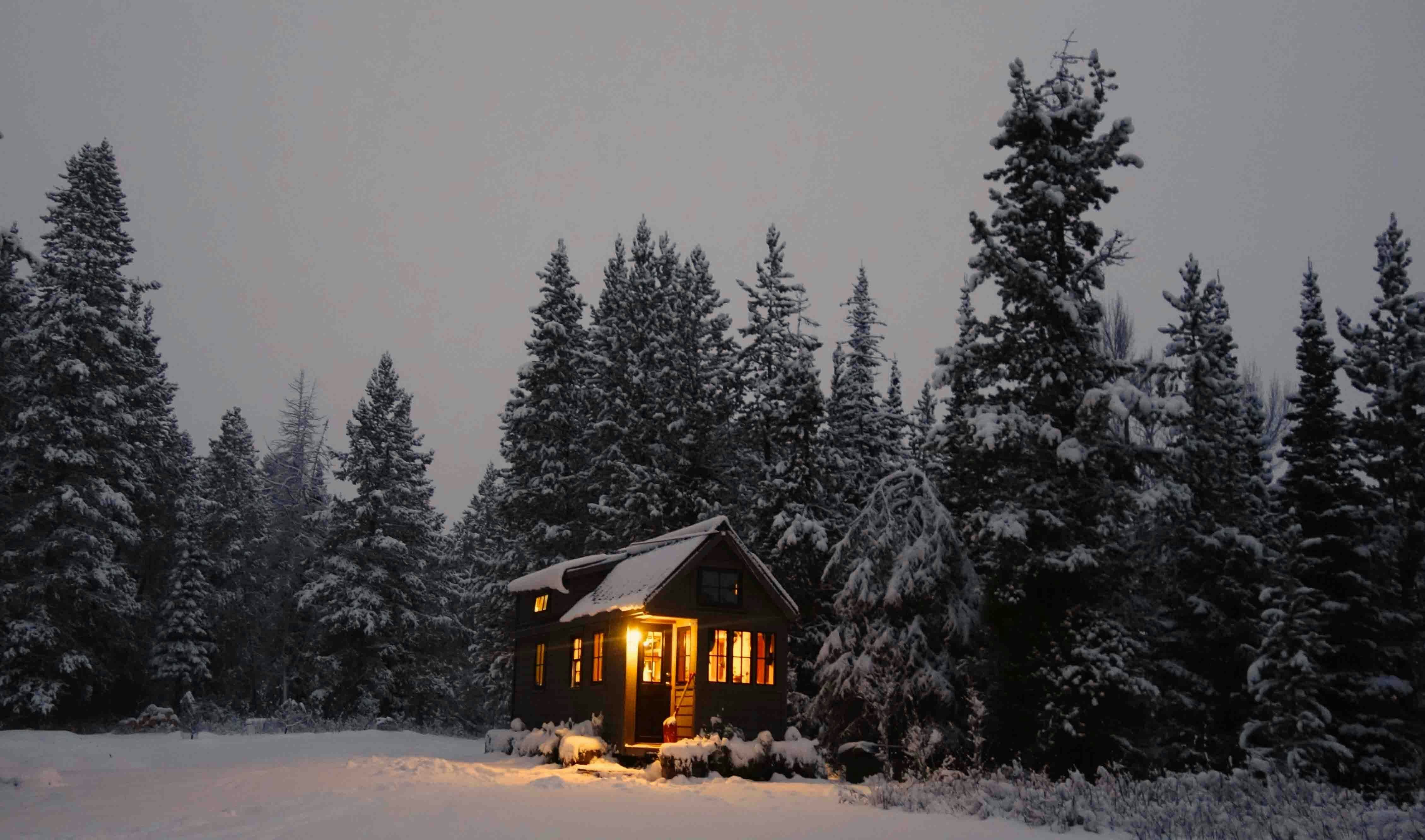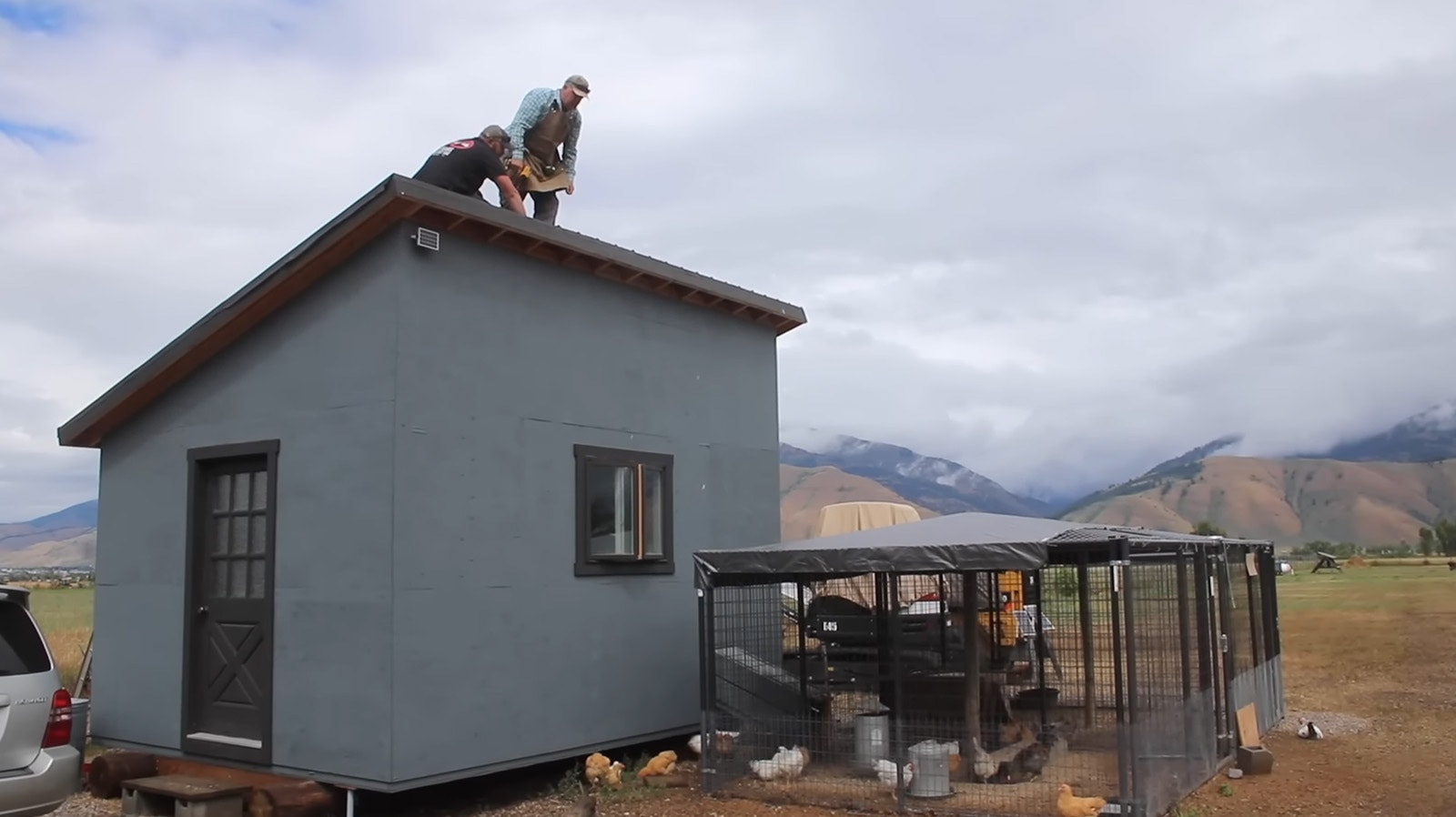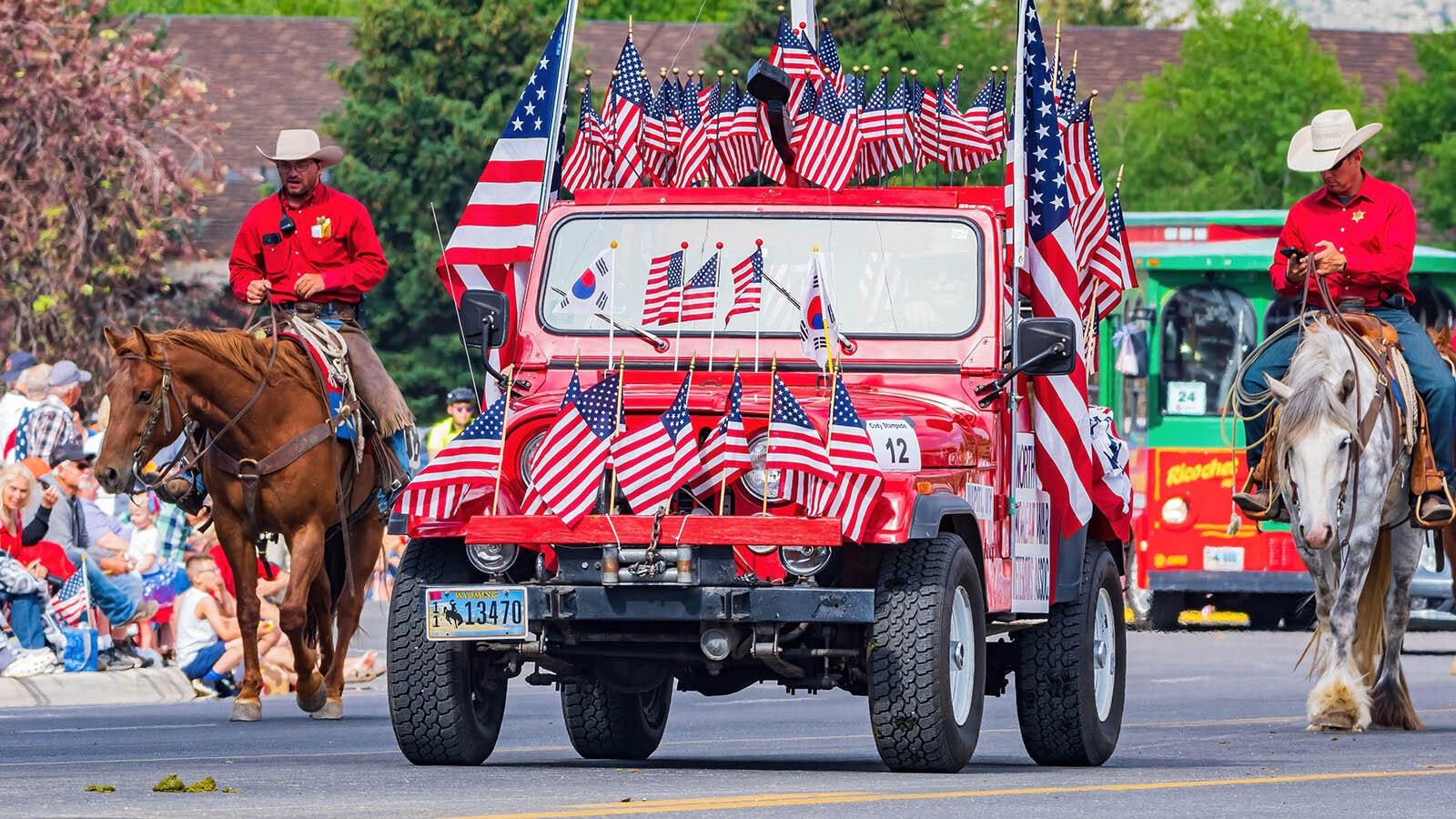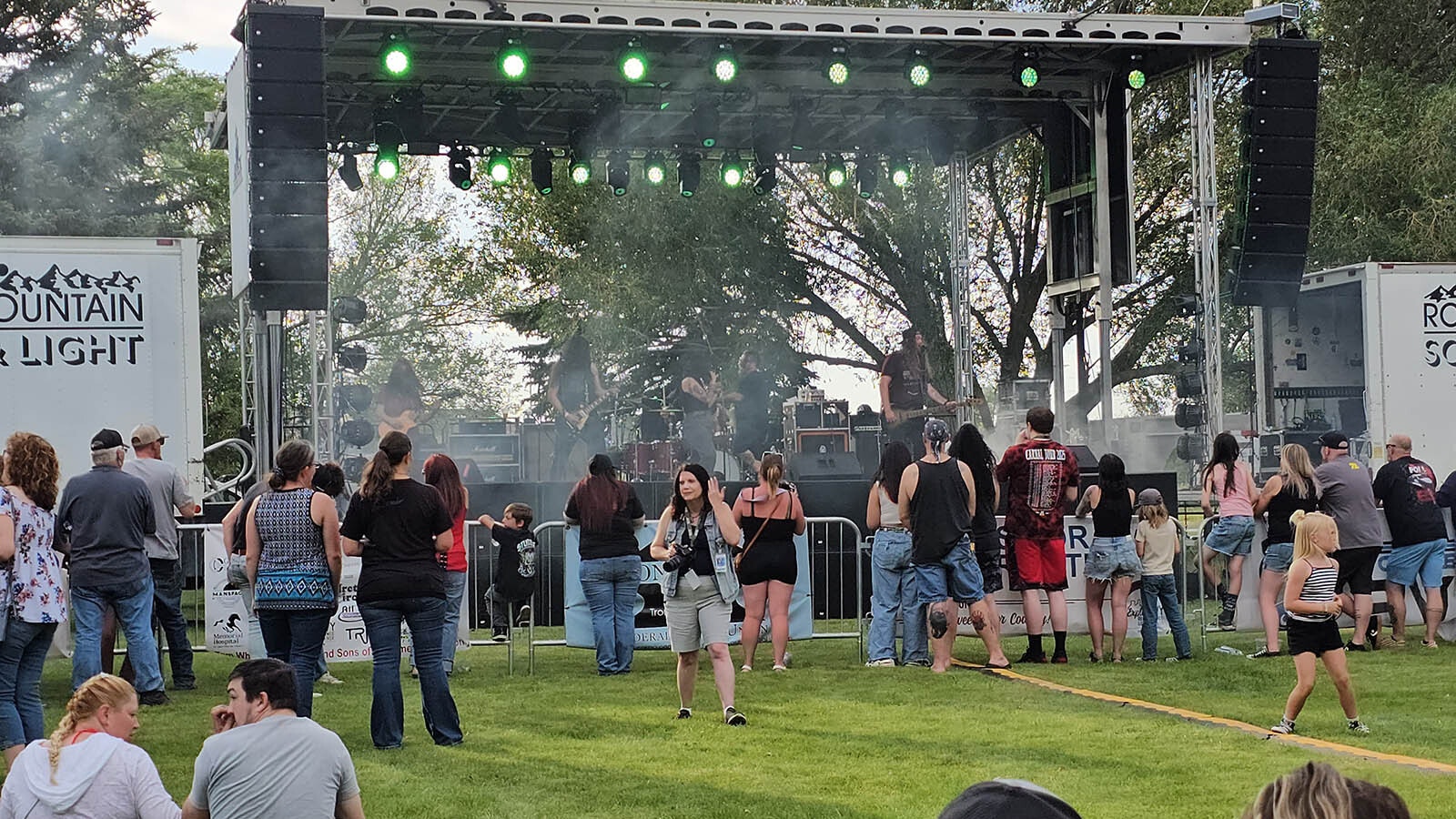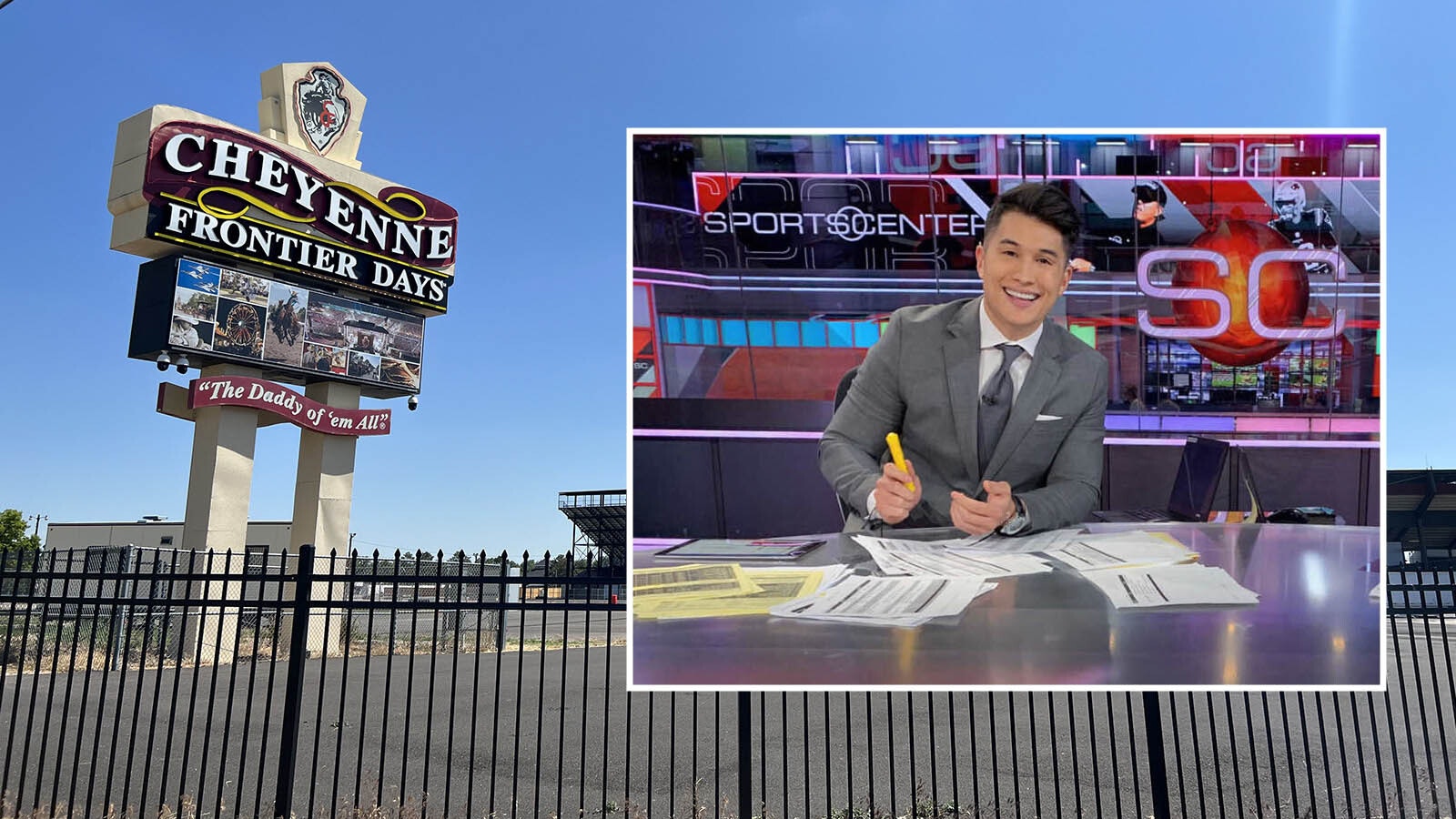An electric utility company announcing plans to bump power bills by 30% can be the prompt some people need to begin thinking about life off the grid.
When a health pandemic forces businesses to close and government to extend its authority over people’s lives, it makes some wonder about living a life more simple, independent and self-sufficient in a place where the air and water are clean, and the fish and game are plentiful.
Events of recent years have encouraged many Americans to consider getting off the hamster wheel and find a place in the country. For most it’s no more than a romantic notion. The juice isn’t worth the squeeze if forced to give up many of the comforts of modern life.
Cheyenne survivalist Michael Jordan, who is known as the “Bee Whisperer” in survivalist circles, said many Wyoming folks find creative ways to be more self-sufficient just to make ends meet.
“Homesteading or off-grid living is just a lifestyle we have to make it here,” he said. “I find it hard to see a lot of people in the U.S. going to a lifestyle off the grid. Most could not live that way. Off-grid is hard work. Not many want that.”
Where To Start?
Where to start is one of the most common questions Jordan hears from people interested in living closer to the land.
“You need to inventory what you have,” he said.
After that, it’s a matter of figuring out how to get the most out of the land and resources you have access to, he said.
For people who buy bare land, a temporary shelter that can be lived in while a permanent home is under construction is a logical first step. A travel trailer, a yurt or a tent with a wood stove are good options.
There are a lot of off-grid land options at reasonable prices available in the Cowboy State, and plenty of space for those who want to be left to themselves.
A more in-depth exploration of buying land will be covered in a future part of this series, but a quick check of bare land options around the state shows several properties in the 10- to 40-acre range priced at less than $1,000 per acre.
Jordan said another critical step is to figure out the space you have and the money it will take to develop it. Up-front costs, including construction materials and costs associated with the jobs you can’t do yourself — like a water well or septic system — can be high. But it’s also important to remember that this is a long-term investment.
It might take five years or longer before a new homestead is completely together and functioning. That means prioritizing the necessities is critical. It also means you’ll need to be willing to adapt to a lifestyle you’re probably not used to.
“Living off the grid is expensive to start out,” he said. “You have to be able to build what you need or get the things you need while trying to save as much money as you can.”
Wyoming Wind
One of the biggest challenges to off-grid living in Wyoming is wind. While it can be put to work generating power, there are costs associated with building structures that must be considered.
“Before you build anything, consider the wind here,” he said. “Everything you build has got to be able to withstand the wind.”
Developing Water
The cost of drilling a water well also can be steep, as much as $15,000 or more in some places depending on the depth to clean groundwater.
Jordan said many homesteaders choose to harvest rainwater from building roofs and collect it in a cistern. Off-grid properties may come with a water right and when that is the case, the landowner will have to figure out how to get the water to the property. It could be as simple as digging a new ditch.
While rainwater and ditch water are fine for bathing and washing dishes, neither are safe to drink.
There are water purification systems available or drinking water can be hauled in. Rainwater collection systems are available that include a diverter that dumps the first few gallons after a rainstorm begins. This allows for pollen, dirt and bird droppings that fall on your roof to be diverted and not wind up in your water collection tank.
Food Production And Storage
If farming or livestock raising is part of your off-grid vision, you’ll need to consider that in your land purchase. Many homesteaders choose chickens because they are easy to care for, they eat bugs and provide a steady source of eggs. In Wyoming it’s also important to remember that chicken coops are bear magnets.
Gardening is a good option for homesteaders throughout Wyoming. The University of Wyoming Extension Service has numerous resources that provide information on building productive soil and using greenhouse structures that extend the growing season.
Jordan advises to plant vegetables that you like to eat because water is a precious commodity on a homestead, and it doesn’t make sense to irrigate cabbage if you don’t like to eat it.
Food storage is another important consideration. Jordan said off-grid residents should plan space where they can stock nonperishable staples like rice, beans, dehydrated vegetables and canned goods.
“Potted meat, peaches, refried beans and other basic stuff you can mix with water or eat directly out of a can are good to keep around,” he said.
Developing Your Own Power
After food, water and shelter, power is the next most important necessity.
“You need power to do about anything,” Jordan said. “No one hates hot water. After that you need a trade good or something that will help you get what you do not have.”
Off-grid power system options are numerous. Solar is probably the least expensive and easiest to build yourself. Many homesteaders choose a hybrid solar wind system, and some even have the option of a hydro system powered by a stream or ditch.
We will explore solar and wind power systems in depth in a future article for this series.
Heat
How to heat an off-grid cabin is another important consideration. Most experts advise using a main heat source and a backup source. Firewood is cheap and accessible in most parts of Wyoming and many homes usea wood stove as a main source of heat.
However, if the main source is firewood, a backup source, like a propane furnace, is necessary to keep the house above freezing when you’re not home. Without a secondary source of heat, during freezing temperatures food stores will be ruined or damaged. Olive oil will turn to sludge, and canned and bottled food will freeze and burst.
Although the challenges associated with off-grid living in Wyoming are many, Jordan said the benefits are there for people who persevere.
“The big benefit is independence from control,” he said. “No one will turn off your power and the real reward is living no matter what, without an outside source telling you how.”

